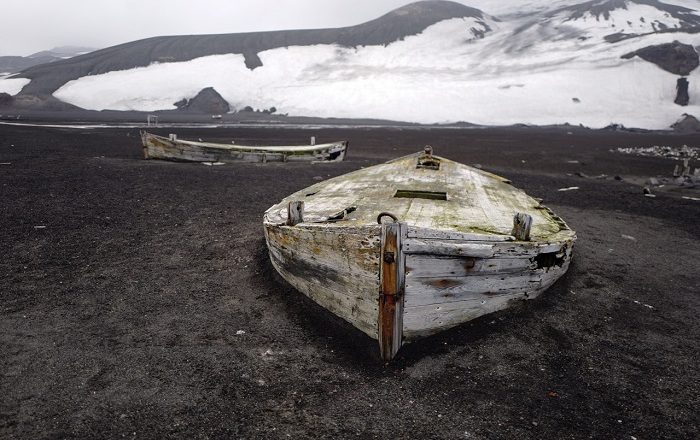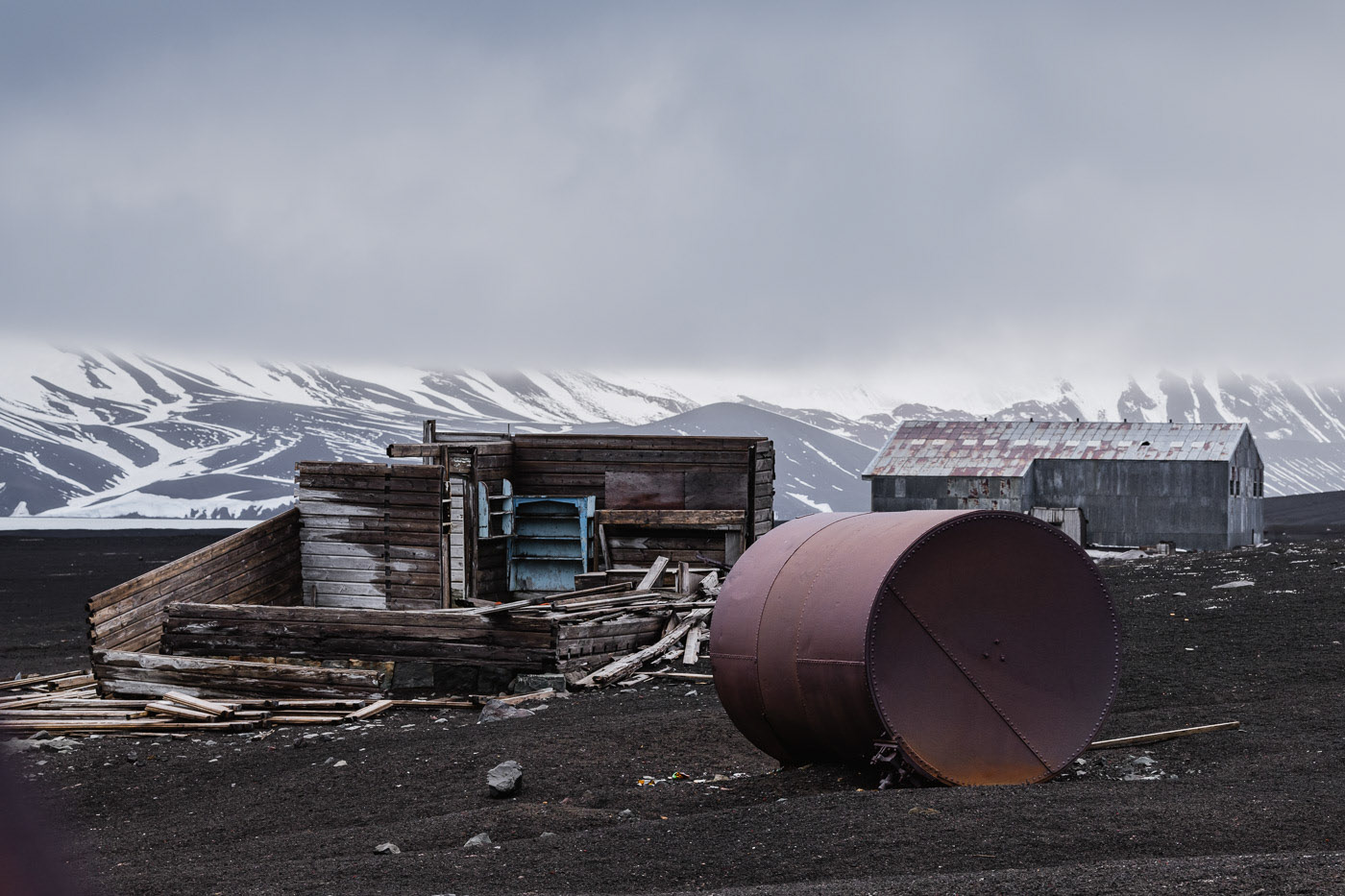Nestled within the pristine, icy landscapes of Antarctica lies an enigmatic and captivating natural wonder—Deception Island. This remote island, a part of the South Shetland Islands archipelago, offers a unique combination of stark, volcanic beauty and dramatic Antarctic wilderness. In this article, we will explore the history, geology, and the intriguing allure of Deception Island. Deception Island’s history is deeply rooted in its volcanic origins. Formed through a series of volcanic eruptions over the ages, it is a subduction volcano, characterized by a collapsed caldera that has created a natural harbor. The island’s most prominent feature is a horseshoe-shaped bay that opens into the sea, known as Port Foster. This unique geographical formation allows ships to enter the caldera and provides shelter from the harsh Antarctic elements.

The island’s strategic location in the South Shetland Islands made it a significant site for early Antarctic exploration. In the 19th century, Deception Island was used as a base for whaling operations, and the rusting remnants of whaling stations can still be found there. The island later became a hub for scientific research, with various countries establishing research stations to study the Antarctic ecosystem, geology, and climate. One of the most astonishing features of Deception Island is its geothermal activity, manifested in the presence of hot springs on the black sandy beaches. These geothermal pools are a natural marvel, providing visitors with an opportunity to experience the unique combination of icy Antarctic waters and steaming volcanic springs. The experience of soaking in a hot spring surrounded by the icy wilderness is both surreal and exhilarating.

Despite its challenging environment, Deception Island supports a surprisingly rich ecosystem. Numerous bird species, including Adélie penguins and Antarctic petrels, inhabit the island’s cliffs and shores. The nutrient-rich waters around the island also attract various species of seals, adding to the island’s biodiversity. Deception Island’s ecosystem is a testament to nature’s adaptability in one of the harshest environments on Earth.

In recent years, Deception Island has become a popular destination for adventurous tourists and research expeditions. The island’s unique blend of geology, wildlife, and human history has made it a compelling place to explore. However, to preserve the fragile Antarctic ecosystem and the historical relics on the island, responsible and sustainable tourism practices are crucial. The Antarctic Treaty System, which designates the region as a natural reserve, plays a vital role in protecting Deception Island and the entire Antarctic continent. Deception Island, with its volcanic landscapes, geothermal springs, and unique blend of wildlife and history, is a testament to the enduring allure of Antarctica. As humanity continues to explore and appreciate the wonders of this remote continent, it is essential to do so with the utmost care and respect for the pristine environments it contains. Deception Island, with its dramatic beauty and rich history, serves as a captivating reminder of the natural wonders that await those who dare to venture into the heart of Antarctica.
